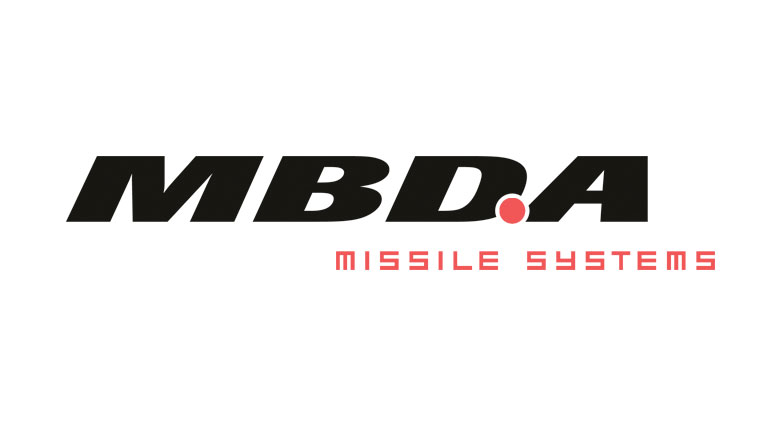- Views: 3K
- Replies: 55

The Indian Air Force (IAF) has signaled a major shift in its acquisition strategy for the long-awaited Multi-Role Fighter Aircraft (MRFA) tender.
Deputy Chief Air Marshal Ashutosh Dixit has categorically stated that the successful bidder for the 114 fighter jet contract must give utmost importance to the integration of Indian weapons.
Enhancing Domestic Capabilities
This move highlights the IAF's desire to boost self-reliance in the defense sector. By ensuring that the selected fighter jets are compatible with Indian-made weapons, the IAF aims to reduce its dependence on foreign suppliers and strengthen its domestic armament industry.The IAF has held extensive discussions with Original Equipment Manufacturers (OEMs) competing for the MRFA tender, underlining this critical requirement.
No Restrictions on Weapon Choice
Sources close to the program indicate that the IAF has been firm on the point that OEMs cannot dictate weapon choices for the procured fighter jets. This insistence on unrestricted weapon selection is crucial for India's strategic flexibility and allows it to tap into its growing defense manufacturing sector.Source Code Access and Financial Responsibility
Importantly, the IAF has also stated that if OEMs hesitate to share necessary source codes, the financial cost of integrating Indian weapons will not be borne by India.This places the responsibility squarely on the bidding companies to collaborate and demonstrate the necessary transparency for seamless integration.
A Factor in the Upcoming RFP
The Request for Proposal (RFP) to international OEMs is expected to be issued soon, and the IAF's emphasis on domestic weapons integration will undoubtedly be a decisive factor in the tender.OEMs that exhibit a commitment to collaborate and integrate Indian weaponry will likely hold a significant competitive edge.
Implications and Considerations
The IAF's strong stance on weapons integration aligns with the Indian government's 'Make in India' initiative, promoting self-sufficiency in defense production.However, the demand for source code access could prove a point of contention with some OEMs, potentially impacting technology transfer agreements.
The final outcome of the MRFA tender will not only shape the IAF's future capabilities but also shed light on the evolving dynamics between India and global defense manufacturers.



